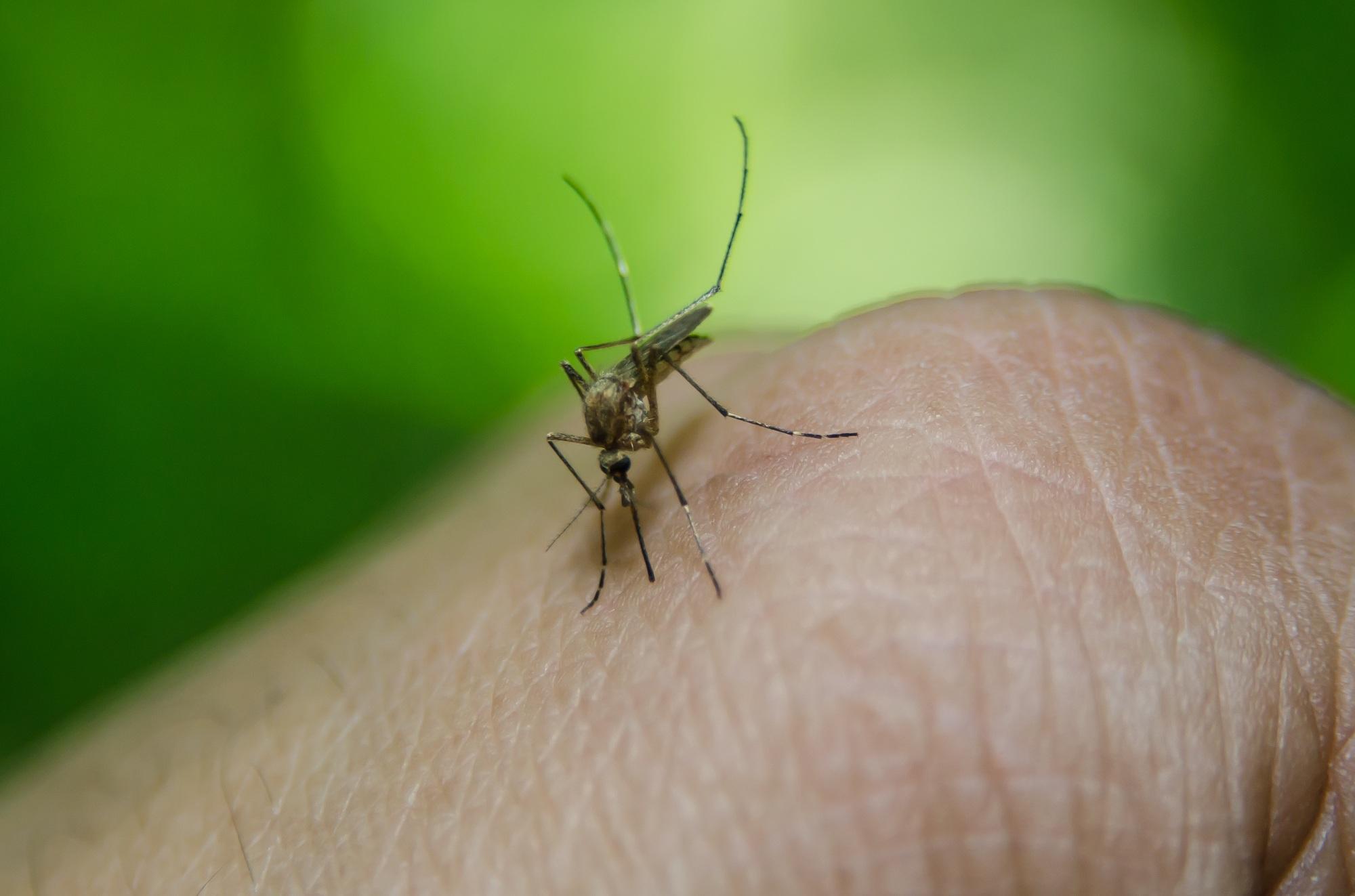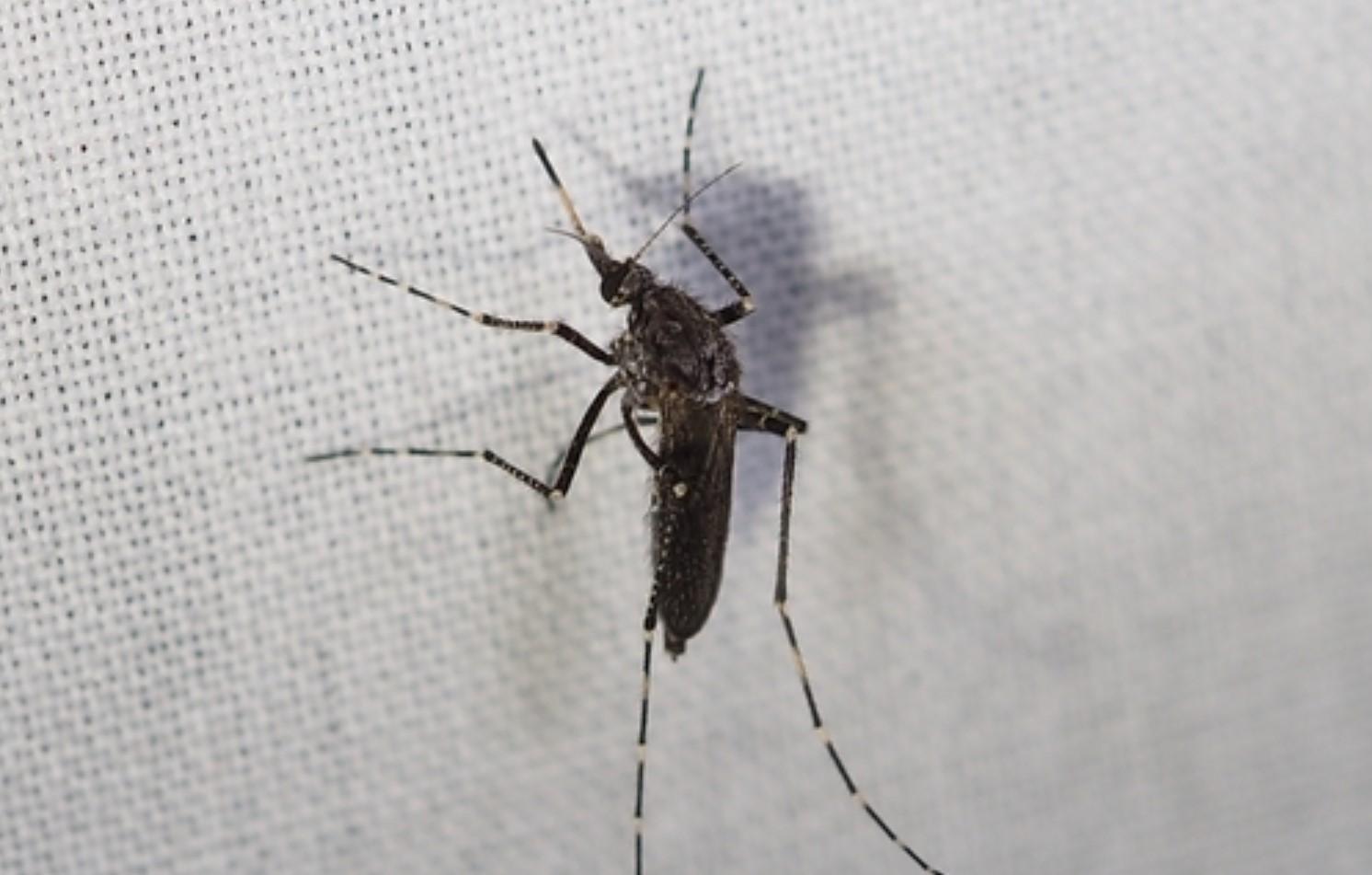Different Types of Mosquitoes - Mosquito Species


Some of the most common types of mosquitoes include the common house mosquito, tiger mosquito, malaria mosquito and insects you may not have known were mosquitoes, such as sandflies. Mosquitoes are known for their bloodsucking behaviors, something that only females of all the different types of mosquitoes do. Males will feed on the nectar of flowers and juice of fruit. Mosquitoes feed on the blood of animals, including humans. This can provide annoying hives which can cause severe reactions in those who are allergic. This feeding can also result in the transmission of various diseases, some of which are deadly.
Despite their problematic behaviors, mosquitoes are vital for many ecosystems on our planet. They pollinate various types of plants and they provide an important source of biomass in the food chain. thedailyECO helps you learn more by looking at 8 different types of mosquitoes with photos of each.
- How many different types of mosquitoes are there?
- Tiger mosquito (Aedes albopictus)
- Common house mosquito (Culex pipiens)
- Yellow fever mosquito (Aedes aegypti)
- Malaria mosquito (Anopheles quadrimaculatus)
- Dark ricefield mosquito (Psorophora columbiae)
- Sandflies (subfamily Phlebotominae)
- Saltpool mosquito (Opifex fuscus)
- Culex modestus
How many different types of mosquitoes are there?
The mosquito is an insect which make up the family Culicidae. While we often relate to them very differently, mosquitoes are a type of fly. Their name is the diminutive form for fly (mosca) in Spanish, sharing the same name in English.
Mosquitoes require water to deposit and hatch their eggs. It is for this reason we often see a proliferation of mosquitoes after a heavy rainfall. Since they require more temperate weather, mosquitoes are often more abundant in summer. However, they are present all year round in tropical regions where the climate can sustain them all year round. Learn more about the difference between climate and weather with our related article.
Different species of mosquito live in different areas, but all have the same life cycle. They start as an egg, hatch into larvae, pupate and then become adult. It is the adult form which can fly since it develops wings. They use their flight ability to travel from animal to animal for feeding.
During feeding, mosquitoes use their saliva to act as an anesthetic. It is for this reason we can be bitten by a mosquito and not notice it until afterwards. The mosquito sucks blood thanks to their probiscis, a pointed appendage on their face which pierces the skin of their host.
Mosquitoes can be carriers of disease. The pathogens are ingested when they suck the blood of an infected animal. When the mosquito then feeds on another host, the pathogens are passed on through the probiscis. Since different species of mosquito inhabit different areas of the world, the diseases they spread will change. Some of the most common diseases carried by different types of mosquitoes include malaria, dengue fever, West Nile virus and the Zika virus.
Tiger mosquito (Aedes albopictus)
The first type of mosquito species on our list is the tiger misquito, also known as the Asian tiger mosquito or the forest mosquito. As you can see in the photos, they are one of the most easily distinguishable mosquito species due to the white and black bands which stretch across their abdomen and legs. They have a longitudinal white line on their back that differentiates it from other mosquito species.
As their name states, they are endemic to Asia. However, they now have a distribution which extends to America, Africa and Asia. This distribution is thanks to international trade of goods. The eggs can live without water for a long time, so they survived long journeys until they arrived at their destination and continued their life cycle when they can in contact with water.
Tiger mosquitoes pose a significant medical threat due to the transmission of various diseases. Among the diseases transmitted by tiger mosquitoes are chikungunya, dengue, West Nile virus and yellow fever. This is in addition to the itching typical of mosquito bites and possible secondary infection by bacteria in the bite wound.

Common house mosquito (Culex pipiens)
Perhaps the most common species of mosquito is the common house mosquito. This fly can be found in both temperate and tropical climates such as the USA, Europe, South America, Asia and Africa. They are light brown in color with characteristic light stripes on the abdomen. They are small to medium in size.
Common house mosquitoes abound in urban, rural and suburban areas of the world, but were originally only found in Africa. Unfortunately, it is one of the mosquito vectors of diseases such as avian malaria, West Nile virus , Japanese encephalitis, Sindbis virus and St. Louis encephalitis virus. It can also transmit parasites such as heartworms.
Learn more about how mosquitoes develop with our article on the life cycle of flies.

Yellow fever mosquito (Aedes aegypti)
This is one of the mosquitoes that transmit diseases such as yellow fever, dengue fever, Zika virus, Chikungunya and Mayaro virus. Infections by many of these diseases can be fatal. Like the tiger mosquito, it has white markings, although they are smaller in this species.
Another hallmark characteristic of the yellow fever mosquito is their back design. Although you cannot see it in the photo below, it has 2 lines surrounded by 1 curved line on each side. They are more active during the day and are found especially in tropical and subtropical areas. They lay eggs in bodies of water, so one of the measures to combat them is to keep as little stagnant water as possible.

Malaria mosquito (Anopheles quadrimaculatus)
Although many different types of mosquito species can carry malaria, mosquitoes from the genus Anopheles are the main vector of malaria in North America. Prior to 1950, the problem was so widespread it was considered a major plague. Although there are still some isolated cases, it has largely been eradicated since then.
The wings of this mosquito have dark scales that form 4 points, something which characterizes this species. Unlike other mosquitoes, those of the genus Anopheles have a distinctive resting position. Their body is at an almost perpendicular angle to the resting surface. This species have long palps, almost as long as the probiscis. They are dark due to being covered in fine black hairs (setae). Their eggs are not resistant to desiccation and will always hatch 2-3 days after being laid.
Learn more about how this type of fly feeds with our article on whether mosquitoes have teeth.

Dark ricefield mosquito (Psorophora columbiae)
Also known as the glades mosquito, the dark ricefield mosquito is native to North and South America, but particularly the southern of the United States. Their habitat is associated with temporary bodies of water exposed to the sun, such as cultivated fields, rice paddies or disturbed pastures. The increase in cultivated fields causes the communities of this species to increase accordingly, as does the risk of disease transmission.
Dark ricefield mosquitoes are dark in color, with some patches of white (see photo below). They are classified as medium size with a body of 4 to 5 mm in length. This species is distinguished from others because the proboscis has a light-colored middle band, as well as white palps. In the apical zone, the abdominal segments are golden in color. The wings are light and dark, without a definite pattern.
Males of this mosquito species have feathery antennae. They transmit heartworm to dogs, as well as West Nile virus and Rift Valley fever in humans and encephalitis viruses in horses. Anemia, suffocation, and anaplasmosis have been observed in cattle infected from this parsite.

Sandflies (subfamily Phlebotominae)
So far we have reviewed only the Culicidae family, which are true mosquitoes themselves. Another subfamily known as sandflies belong to the family Psychodidae. They are also blood-sucking which is why they are considered small mosquitoes by various authorities.
Like mosquitoes, sandflies have sucking mouthparts and it is only the females who feed. They are small, measuring 1 to 3 mm in length. As you can see from the photos, it is a yellow mosquito in body color and with black eyes. They also transmit diseases, especially leishmaniasis.

Saltpool mosquito (Opifex fuscus)
Another type of mosquito species is the saltpool mosquito. As you can see in the photo, these mosquitoes have a light brown/gray body with brown wings. They are considered a primitive type of mosquito and have a small distribution in and around New Zealand.
One of the distinguishing characteristics of this mosquito species is their mating behavior. Most mosquito species will mate in midair. However, the saltpool mosquito mates on the surface water of the coastal regions which make up its habitat. Once males pupate, they will wait on the surface of the water for other pupae to emerge. They will grab onto pupae as the adult mosquitoes are emerging.
Since they cannot tell whether they are male or female, the male mosquito will have to wait and see which emerges. If they are male, they leave and search for a female. This means females mate almost as soon as they emerge, i.e. the very beginning of their adult life cycle.

Culex modestus
The Culex modestus mosquito species does not have a common name. It has a distribution which runs from East Asia up to Northern Africa and through to Northern Europe. It can even be found as far north as Sweden.
This species is known to carry the West Nile virus. It also has a particular concern for disease transmission. It is known for feeding mostly on humans and birds. This means the Culex modestus mosquito might be responsible for transmitting zoonotic avian diseases to humans.
Find out more about the different animals that feed on blood with our guide to hematophagy in animals.

If you want to read similar articles to Different Types of Mosquitoes - Mosquito Species, we recommend you visit our Wild animals category.
University of Florida (sf) Entomology & Nematology, Featured Creatures. Available at: https://entnemdept.ufl.edu/creatures/












